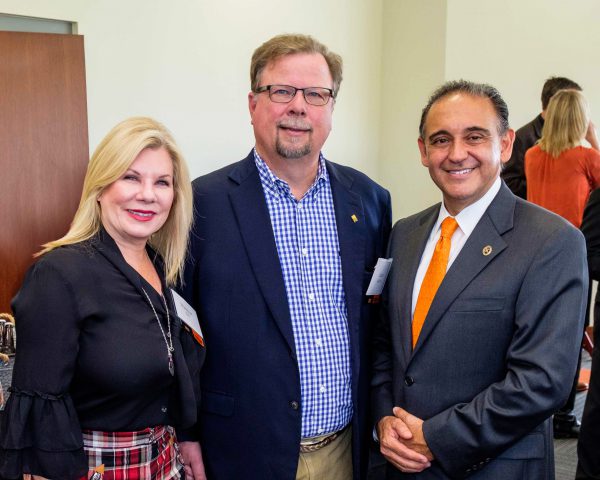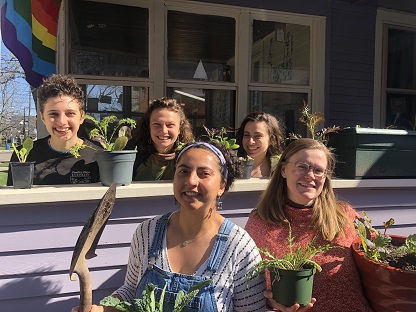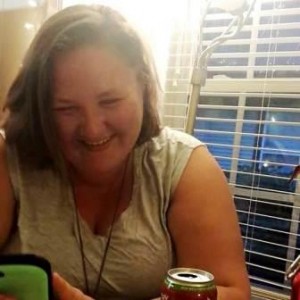
Jorge G. Gonzalez
Kalamazoo College announced today it has received a $5.25 million gift in support of its Brighter Light Campaign from alumnus Larry Bell ’80.
This transformative gift will establish endowed funds to support the Center for Environmental Stewardship, a distinguished chair in American history, and food justice and sustainability programming. Additional funds will support both the Larry J. Bell ’80 Endowed Scholarship, which was established in 2017, and the Kalamazoo College Fund, which provides immediate funding toward financial aid and the student experience.
“I am proud to support Kalamazoo College with this gift and I look forward to seeing the resulting positive outcomes for K’s students,” Bell said. “I hope that the coming Larry J. Bell Library Foundation can be a help and resource to the history department in the future, and having an endowed chair there will elevate and strengthen this part of the College.”
As a student at K, Bell majored in political science before going on to found Bell’s Brewery Inc. in 1985. Since then, Bell’s has grown into one of the largest craft breweries in America, distributing to 43 states, in addition to Puerto Rico and Washington, D.C. In November 2021, Bell reached an agreement with Lion, an Australian-based brewer, for the sale of Bell’s. The move will see the Michigan-based craft brewer come together with Colorado’s New Belgium, which Lion acquired in 2019, aligning two great American craft brewers. Bell officially retired from the helm of Bell’s Brewery at the end of 2021.
Bell has long been an active supporter of the College. Along with the scholarship he established in 2017 for students with financial need, in 2006 he contributed to an endowment named for his friend and mentor, Paul Todd ’42. His funding to support K’s food justice initiatives over the last decade has been crucial to the College’s student-led programming through the Mary Jane Underwood Stryker Center for Civic Engagement, allowing the center to maximize the impact of this programming in the Kalamazoo community.
“Larry’s investment in Kalamazoo College has supported and will continue to support the College’s experiential education offerings, as well as faculty teaching and scholarship for years to come,” President Jorge G. Gonzalez said. “His gift to endow and name the Larry J. Bell ’80 Center for Environmental Stewardship, for example, will help us enhance the curriculum, integrate these curricular initiatives with student organizations and provide new ways for students to engage in environmental leadership efforts on our campus and throughout the greater Kalamazoo community. We are so grateful for Larry’s generous support and commitment toward expanding opportunities and access for our students.”
About Kalamazoo College
Kalamazoo College, founded in 1833, is a nationally recognized residential liberal arts and sciences college located in Kalamazoo, Mich. The creator of the K-Plan, Kalamazoo College provides an individualized education that integrates rigorous academics with life-changing experiential learning opportunities. For more information, visit www.kzoo.edu.
The Brighter Light Campaign is raising $150 million to provide endowed and annual support for students, faculty and staff, curricular and co-curricular activities, athletics and campus facilities. For more information, visit the Brighter Light Campaign page: www.kzoo.edu/brighterlight










